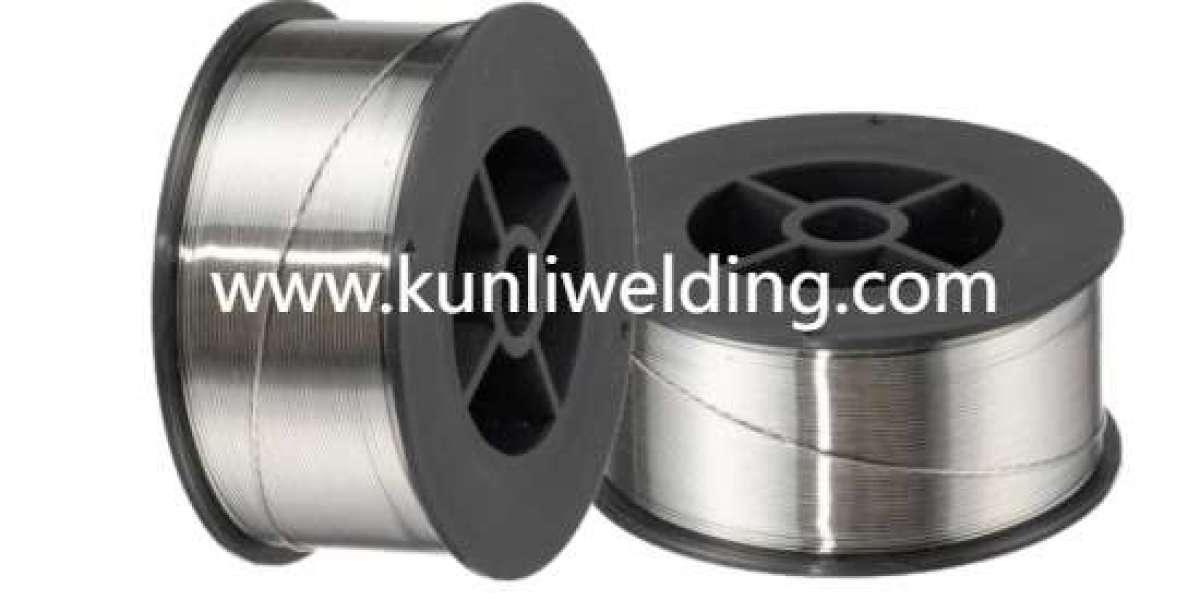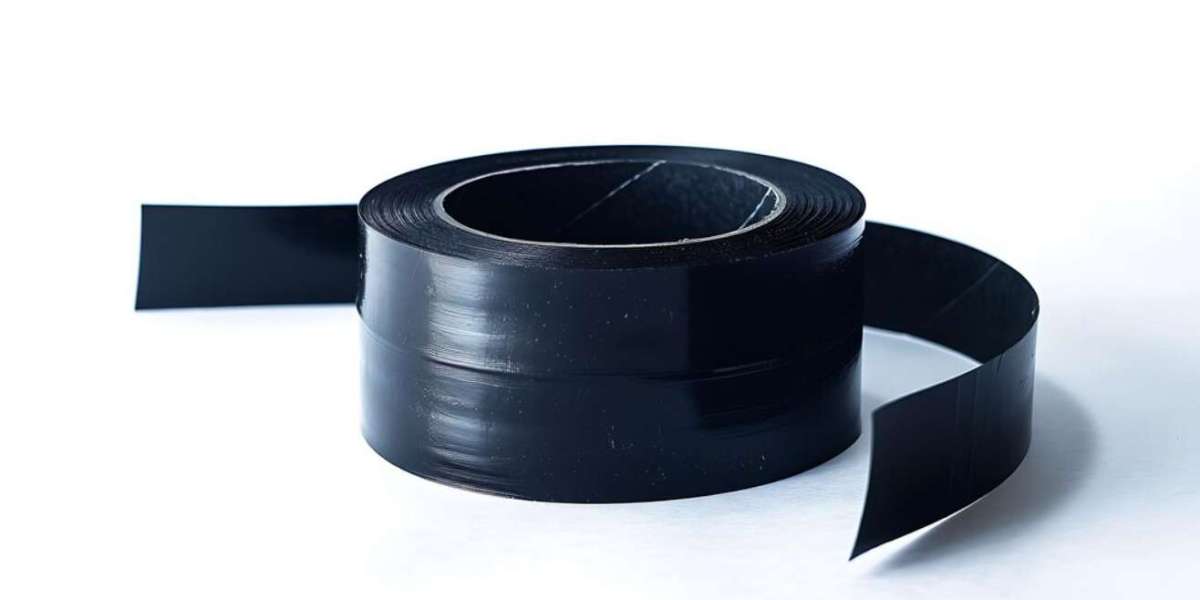In sectors ranging from shipbuilding to electric vehicle assembly, the choice of filler metal can define both performance and longevity. Aluminum Welding Wire ER5087 is celebrated for its high magnesium content, offering exceptional strength and corrosion resistance. In contrast, ER4043 relies on silicon to enhance fluidity and produce smooth weld beads. Understanding the strengths of each alloy helps fabricators match wire selection to their project's demands, from marine environments to lightweight transportation structures.
Strength and Corrosion Resistance
When structures face cyclic loading and exposure to salt spray—common in coastal infrastructure and offshore energy platforms—mechanical toughness matters. ER5087's magnesium-rich formulation promotes weld deposits that withstand fatigue and resist pitting. This makes it a go-to solution for hull fabrication, deck assemblies, and critical support components. ER4043, while offering good corrosion performance, is more often chosen for non-structural parts or applications where ultimate strength under dynamic stress is less critical.
Weld Pool Fluidity and Appearance
Architects and designers working on visible assemblies, such as decorative railings or custom architectural panels, often prioritize bead appearance. ER4043's silicon content lowers melting temperature and enhances fluid flow, resulting in uniform, glossy weld seams that blend seamlessly with smooth surfaces. ER5087, with its firmer weld pool, may require slight finishing when aesthetics take precedence. However, its robust joint integrity makes it indispensable for industrial and heavy-duty applications.
Adaptation to Automated Systems
Modern production lines increasingly rely on robotic MIG setups to maximize throughput. Both filler wires feed reliably in automated feeders, but fine-tuned ER5087 spools deliver stable arcs under high-speed conditions, reducing unexpected stoppages. ER4043 also performs well in automated cells, especially when smooth, continuous deposition is needed to maintain consistent visual quality. Choosing between them often depends on whether cycle time or finish standards drive the workflow.
Performance in Lightweight Transport
Electric vehicle frames and aerospace structures demand materials that balance low mass with high strength. ER5087 supports thinner gauges with fewer filler layers, optimizing weight reduction without compromising crashworthiness. ER4043, valued for its ease of use and weld appearance, remains a popular choice for battery tray welds and non-load-bearing panels where visual continuity and minimal distortion are priorities.
Field Service and Repair Considerations
On-site maintenance in remote or harsh environments calls for wires that handle variable power sources and operator skill levels. ER4043's forgiving arc and smoother puddle facilitate manual welding in tight spaces or under adverse conditions. ER5087, requiring slightly higher heat inputs, rewards skilled operators with welds that endure heavy usage and corrosive exposure. Training and parameter guides from wire suppliers help technicians optimize settings for each alloy.
Sustainability and Lifecycle Impact
As industries track embodied carbon, wire selection influences lifecycle performance. Both alloys are compatible with recycled aluminum feedstock, but ER5087's contribution to long-term durability can reduce the need for frequent repairs and material replacements. ER4043's smooth weld seams minimize finishing steps, conserving energy and reducing particulate emissions in fabrication shops. Balancing these factors helps manufacturers align with green production goals.
By weighing strength, appearance, automation needs, and sustainability, project teams can decide whether ER5087's robust performance or ER4043's fluid aesthetics best serves their objectives. For expert guidance and to source premium aluminum welding wires, explore a full range of solutions at www.kunliwelding.com .








